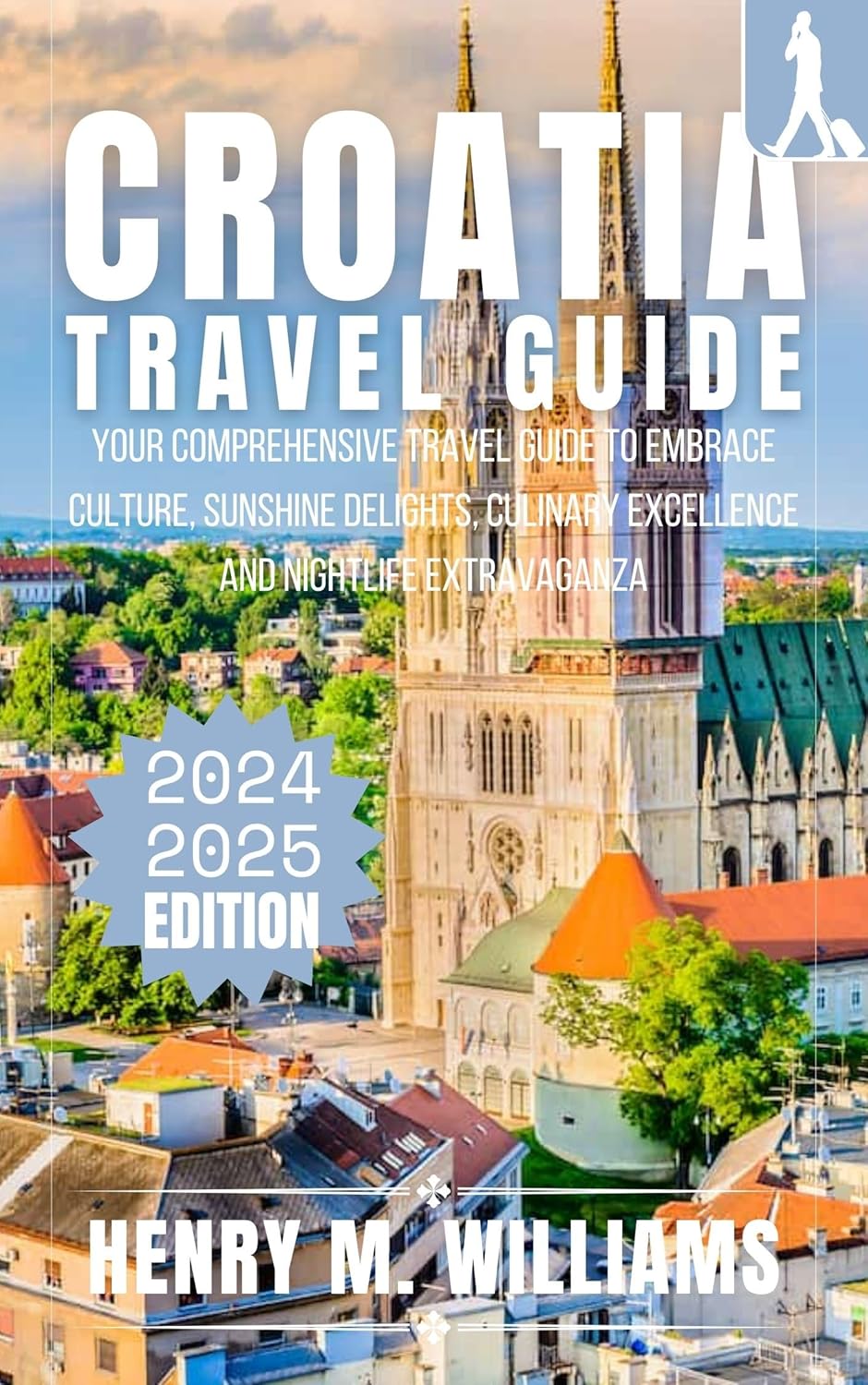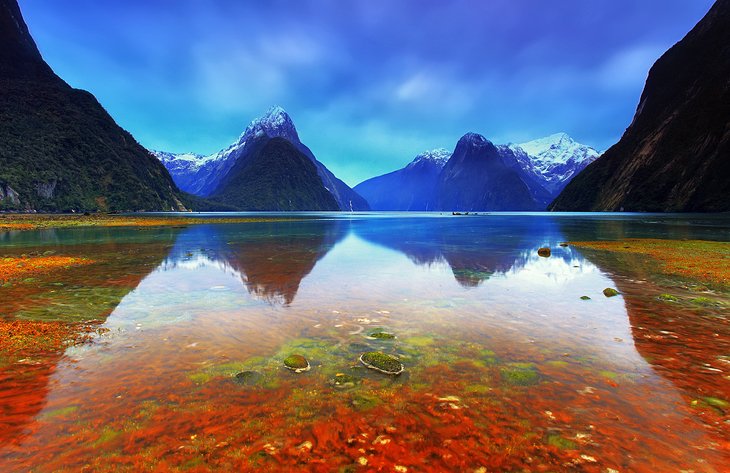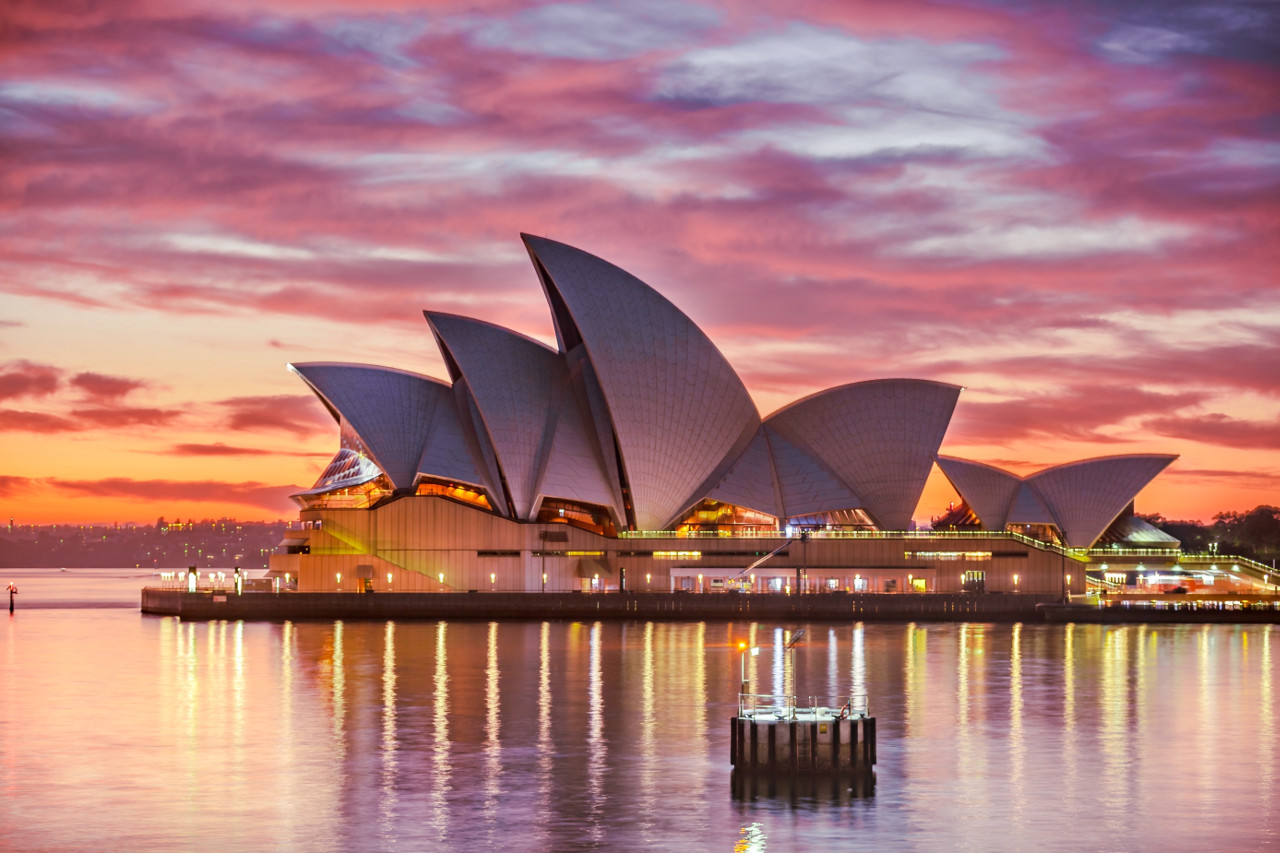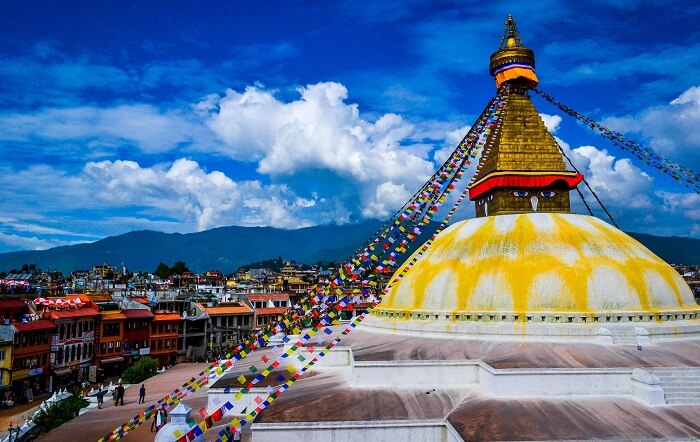
Croatia, a land where ancient history whispers through Roman ruins, where sapphire waters kiss dramatic coastlines, and where vibrant cities pulse with life, beckons travelers with an irresistible allure. This Balkan gem, blessed with a breathtaking Adriatic Riviera, boasts a rich tapestry of culture, history, and natural beauty that promises an unforgettable adventure. From the UNESCO-listed walls of Dubrovnik to the ethereal beauty of Plitvice Lakes, Croatia offers a diverse palette of experiences for every kind of traveler.
A Glimpse into Croatia’s Storied Past
To truly appreciate Croatia, one must understand its multifaceted history. For centuries, this region was a crossroads of civilizations, leaving an indelible mark on its architecture, traditions, and identity.
Related Articles about Croatia: A Adriatic Jewel – Your Comprehensive Travel Guide:
- Germany: A Tapestry of History, Culture, and Breathtaking Beauty
- Finland: A Symphony of Nature, Culture, and Arctic Wonders
- Discover Malaysia: A Tapestry of Cultures, Cuisines, and Natural Wonders
- Indonesia: A Tapestry of Wonders – Unveiling the Best Tourist Attractions
- The Dragon Awakens: A Comprehensive Travel Guide to China
- Ancient Roots: The region was inhabited by Illyrian tribes before being conquered by the Romans in the 2nd century BC. Roman influence is still evident in cities like Pula with its magnificent amphitheater and Split with the awe-inspiring Diocletian’s Palace.
- Slavic Migration and Early Kingdoms: In the 7th century, Slavic tribes migrated to the area, forming their own principalities. The Kingdom of Croatia emerged in the 10th century, eventually uniting with the Kingdom of Hungary in 1102, ushering in a period of shared rule for nearly a millennium.
- Venetian and Ottoman Dominance: Coastal cities like Dubrovnik, a maritime republic, maintained their independence for centuries, while other parts of Croatia fell under Venetian or Ottoman rule, adding layers of cultural influence.
- Austro-Hungarian Empire: In the 18th and 19th centuries, much of Croatia came under the dominion of the Habsburg Monarchy, later the Austro-Hungarian Empire, leaving behind a legacy of grand architecture and administrative systems.
- Yugoslavia and Independence: After World War I, Croatia became part of the Kingdom of Yugoslavia, and after World War II, it was a socialist republic within the Socialist Federal Republic of Yugoslavia. Following a turbulent war for independence in the early 1990s, Croatia emerged as a sovereign nation.
This complex past has shaped Croatia into the captivating destination it is today, a harmonious blend of different influences waiting to be discovered.
Unveiling Croatia’s Main Attractions: A Journey Through Beauty and History
Croatia’s attractions are as diverse as its coastline, offering something to captivate every visitor.
1. Dubrovnik: The Pearl of the Adriatic
No trip to Croatia is complete without a visit to Dubrovnik. This UNESCO World Heritage City, fortified by magnificent medieval walls, is a living museum.
- The Walls of Dubrovnik: Walk along the 2-kilometer-long ramparts for breathtaking views of the terracotta rooftops, the shimmering Adriatic Sea, and the Lokrum Island.
- Old Town: Wander through the labyrinthine cobblestone streets, discover charming squares like Stradun, visit the Rector’s Palace, the Franciscan Monastery with its ancient pharmacy, and the Assumption Cathedral.
- Lokrum Island: A short boat ride away, this lush island offers a peaceful escape with its botanical gardens, peacocks, and the ruins of a Benedictine monastery.
- Game of Thrones Filming Locations: For fans of the popular series, Dubrovnik served as King’s Landing, and guided tours can take you to iconic filming spots.
2. Split: The Heart of Dalmatia
Split is a vibrant city built around the magnificent Diocletian’s Palace, a UNESCO World Heritage Site and a testament to Roman engineering.
- Diocletian’s Palace: This ancient palace, once home to a Roman emperor, is now the living heart of Split. Explore its basements, wander through its courtyards, and climb the bell tower of St. Domnius Cathedral for panoramic views.
- Riva Promenade: The bustling waterfront promenade is the perfect place to people-watch, enjoy a coffee, and soak in the Mediterranean atmosphere.
- Marjan Hill: Hike or cycle up Marjan Hill for stunning vistas of the city and the surrounding islands.
- Museum of Croatian Naval History: Delve into Croatia’s rich maritime heritage.
3. Plitvice Lakes National Park: Nature’s Masterpiece
Prepare to be mesmerized by the ethereal beauty of Plitvice Lakes National Park, another UNESCO World Heritage Site.
- Cascading Lakes and Waterfalls: This natural wonderland features 16 interconnected lakes, linked by a series of stunning waterfalls and streams.
- Wooden Walkways: Explore the park via a network of wooden boardwalks that wind through lush forests and over crystal-clear turquoise waters.
- Boat Rides and Electric Boats: Traverse the larger lakes like Kozjak by boat, offering unique perspectives of the cascading water.
- Flora and Fauna: The park is teeming with diverse plant life and is home to various animal species, including bears, wolves, and rare birds.
4. Hvar: The Glamorous Island Gem
Known for its glamorous atmosphere, lavender fields, and crystal-clear waters, Hvar is a popular island destination.
- Hvar Town: Explore its charming old town, visit the Spanish Fortress for panoramic views, and enjoy the vibrant nightlife.
- Lavender Fields: Visit in early summer to witness the island awash in fragrant purple lavender.
- Pakleni Islands: Take a boat trip to the nearby Pakleni Islands for secluded coves, pristine beaches, and excellent snorkeling.
- Wine Tasting: Hvar is renowned for its local wines, particularly Plavac Mali.
5. Zadar: A City of Sunsets and Sea Organs
Zadar offers a unique blend of ancient history and modern artistic installations.
- Sea Organ: This innovative architectural sound art installation creates music from the waves of the sea.
- Greeting to the Sun: Adjacent to the Sea Organ, this solar-powered art installation absorbs sunlight during the day and creates a dazzling light show at night.
- Roman Forum: Explore the remnants of the ancient Roman forum, including the St. Donatus Church.
- Old Town: Wander through the charming narrow streets, discover hidden squares, and visit the Cathedral of St. Anastasia.
Other Notable Attractions:
- Rovinj: A picturesque Istrian town with Venetian charm.
- Pula Arena: A remarkably preserved Roman amphitheater.
- Krka National Park: Another stunning park with waterfalls and natural pools.
- Korčula Island: Known for its medieval old town and Marco Polo’s birthplace.
- Istrian Peninsula: Famous for its truffles, wine, and hilltop towns like Motovun.
Navigating Croatia: Travel Tips for a Seamless Experience
To make your Croatian adventure as smooth as possible, consider these essential travel tips:
- Currency: Croatia uses the Euro (€) as its official currency.
- Language: The official language is Croatian. English is widely spoken in tourist areas, hotels, and restaurants, especially by younger generations. Learning a few basic Croatian phrases like "Dobar dan" (Good day) and "Hvala" (Thank you) will be appreciated.
- Visa Requirements: Check the visa requirements for your nationality well in advance of your trip. Croatia is part of the Schengen Area.
- Tipping: Tipping is not mandatory but is appreciated for good service. A tip of 10-15% is customary in restaurants and for taxi drivers.
- Safety: Croatia is generally a safe country with low crime rates. However, always exercise common sense and be aware of your surroundings.
- Drinking Water: Tap water is safe to drink in most parts of Croatia.
- Sun Protection: The Mediterranean sun can be strong, so pack sunscreen, a hat, and sunglasses.
- Connectivity: Wi-Fi is widely available in hotels, cafes, and public spaces. Consider purchasing a local SIM card for easier access to data.
- Respect Local Customs: Be mindful of local customs and dress modestly when visiting religious sites.
The Best Time to Visit Croatia: Chasing the Sunshine
Croatia enjoys a Mediterranean climate with distinct seasons, making the best time to visit dependent on your preferences.
- Spring (April – May): Pleasant temperatures, fewer crowds, and blooming wildflowers make spring an ideal time for exploring cities and national parks. The sea might still be a bit cool for swimming.
- Summer (June – August): This is peak season. Expect hot, sunny weather perfect for beach holidays and island hopping. However, it’s also the most crowded and expensive time.
- Autumn (September – October): The weather remains warm and pleasant, the crowds thin out, and the sea is still warm enough for swimming. This is a fantastic time for a more relaxed and affordable experience.
- Winter (November – March): Cooler temperatures, fewer tourists, and a more local feel. Some coastal attractions may have limited opening hours, but it’s a great time for city breaks and experiencing the festive atmosphere around Christmas.
For a balance of good weather, fewer crowds, and reasonable prices, late spring (May-June) and early autumn (September-October) are generally considered the best times to visit Croatia.
Where to Stay: Finding Your Perfect Croatian Abode
Croatia offers a wide range of accommodation options to suit every budget and travel style.
Luxury Hotels:
- Hotel Excelsior, Dubrovnik: Iconic hotel with stunning sea views and exceptional service.
- Hotel Vestin, Split: Modern luxury hotel located near Diocletian’s Palace.
- Maslina Resort, Hvar: Chic resort offering a blend of luxury and natural beauty.
Mid-Range Hotels:
- Grand Hotel Lav, Podstrana (near Split): Offers a good balance of amenities and value.
- Hotel Neptun, Dubrovnik: Centrally located with comfortable rooms and sea views.
- Hotel Ambasador, Opatija: Historic hotel in a charming coastal town.
Boutique Hotels & Apartments:
- Boutique Hotel Alhambra, Lošinj: Elegant hotel with a tranquil atmosphere.
- Numerous apartments and villas: Available throughout the country, offering a more independent and often cost-effective option, especially for families or groups. Platforms like Booking.com and Airbnb have extensive listings.
Budget-Friendly Options:
- Hostels: Available in major cities like Dubrovnik, Split, and Zadar, offering dormitory beds and private rooms.
- Guesthouses (Sobe): Often family-run establishments offering simple, clean rooms at affordable prices, particularly outside the main tourist hubs.
When choosing your accommodation, consider:
- Location: Proximity to attractions, beaches, and public transport.
- Amenities: Pool, air conditioning, Wi-Fi, breakfast.
- Reviews: Read recent reviews to gauge guest experiences.
A Taste of Croatia: Savoring Local Flavors
Croatian cuisine is a delightful fusion of Mediterranean and Central European influences, characterized by fresh ingredients and regional specialties.
Must-Try Dishes:
- Peka: A traditional slow-cooked dish, typically lamb, veal, or octopus, baked under a bell-shaped lid with vegetables.
- Pašticada: A Dalmatian stew made with beef, prunes, and wine, often served with gnocchi.
- Crni Rižot (Black Risotto): Risotto colored and flavored with squid ink, a popular seafood dish.
- Fritule: Small, sweet doughnuts, often flavored with rum or citrus zest, especially popular during festive seasons.
- Sarma: Stuffed cabbage rolls filled with minced meat and rice.
- Štrukli: A baked or boiled dough dish filled with cottage cheese, a specialty of the Zagorje region.
- Dalmatian Prosciutto (Pršut): Dry-cured ham, often served with local cheese and olives.
Regional Specialties:
- Istria: Renowned for its truffles, olive oil, and exquisite wines.
- Dalmatia: Famous for fresh seafood, Peka, and olive oil.
- Northern Croatia: Known for hearty meat dishes, stews, and štrukli.
Beverages:
- Wine: Croatia has a long winemaking tradition with diverse indigenous grape varietals. Look for Plavac Mali (red) and Pošip (white).
- Rakija: A potent fruit brandy, popular in various flavors.
- Kava (Coffee): Coffee culture is deeply ingrained, with many cafes offering excellent espresso.
Getting Around Croatia: Seamless Travel Options
Croatia offers a variety of transportation options to explore its diverse landscapes.
1. By Air:
- Airports: Croatia has several international airports, including Zagreb (ZAG), Split (SPU), Dubrovnik (DBV), Pula (PUY), and Zadar (ZAD).
- Connections: Direct flights are available from major European cities. Connections to other destinations are usually via hubs like Frankfurt, Vienna, or Amsterdam.
2. By Car:
- Rental Cars: Renting a car offers the most flexibility for exploring at your own pace, especially for reaching more remote areas.
- Roads: Croatia has a well-maintained road network, including modern highways (autoceste). Tolls are applicable on most highways.
- Driving: Driving is on the right side of the road. Be aware of narrow, winding roads, especially on islands and in mountainous regions.
3. By Bus:
- Intercity Buses: An extensive and affordable bus network connects most towns and cities. Companies like Arriva and FlixBus operate popular routes.
- Comfort: Buses are generally comfortable and offer a convenient way to travel between destinations.
4. By Train:
- Limited Network: Croatia’s train network is less extensive than its bus network and primarily connects major cities. It’s a more scenic but often slower option.
- HŽ Putnički prijevoz: The Croatian Railways company.
5. By Ferry:
- Island Hopping: Ferries are essential for exploring Croatia’s numerous islands. Jadrolinija is the main ferry operator.
- Routes: Ferries connect the mainland to islands and also link islands to each other.
- Car Ferries: Available for transporting vehicles to the islands.
6. Within Cities:
- Walking: The best way to explore historic city centers.
- Taxis: Readily available in most towns and cities. Ensure the meter is used.
- Public Transport: Cities like Zagreb and Split have bus and tram systems.
- Ride-sharing apps: Available in some larger cities.
Conclusion: Croatia Awaits
Croatia is a destination that truly has it all: a captivating history etched in ancient stones, a coastline of unparalleled beauty, and a vibrant culture that embraces visitors with warmth. Whether you’re seeking adventure in its national parks, relaxation on its sun-drenched beaches, or immersion in its rich history, Croatia promises an unforgettable journey. Pack your bags, open your heart, and prepare to be enchanted by this Adriatic jewel.








